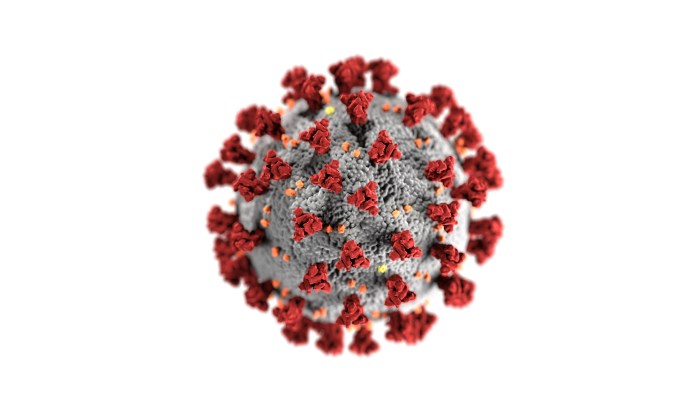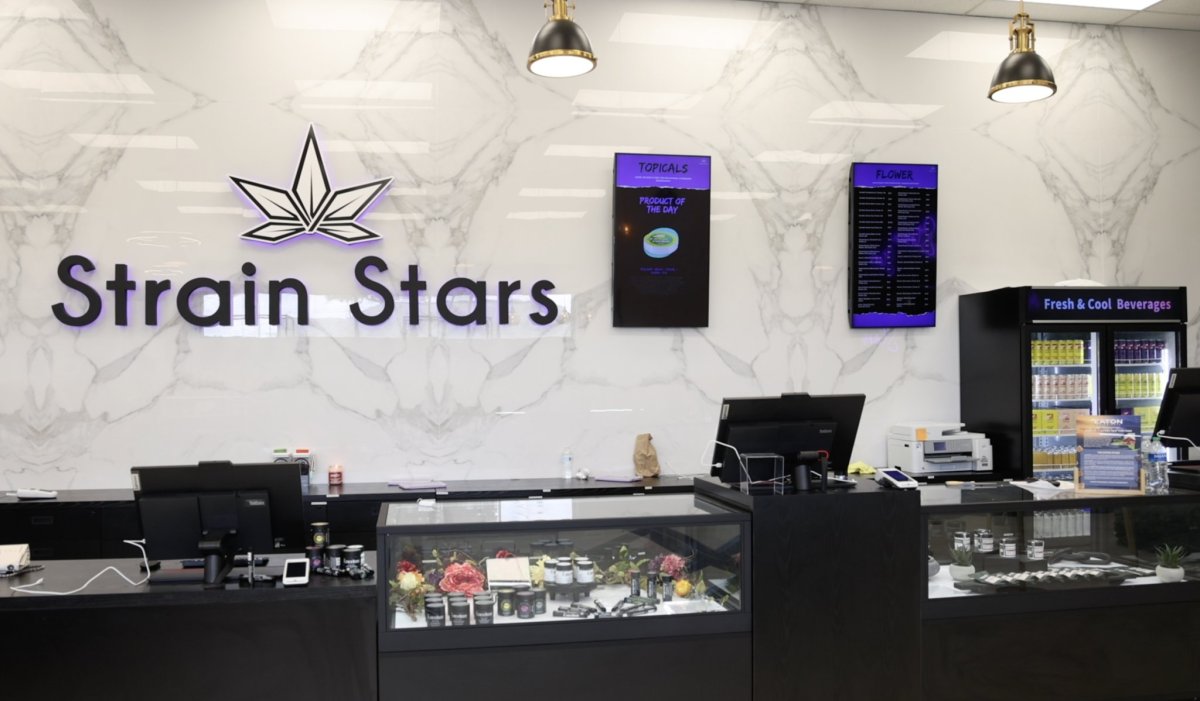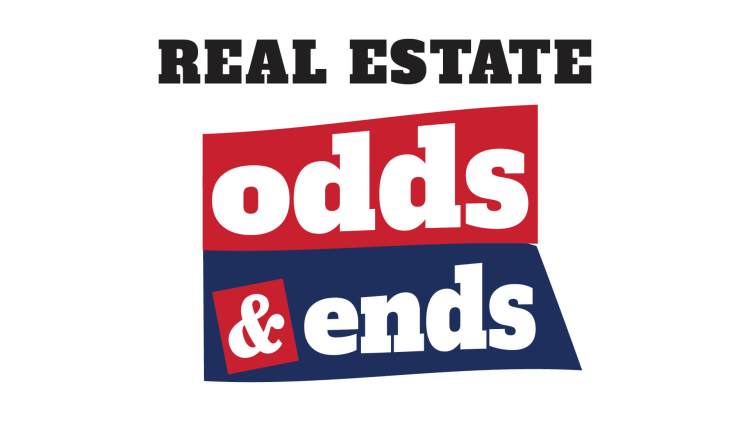Group warns against toxins in drinking water

A report by the Farmingdale-based Citizens Campaign for the Environment (CCE) reveals elevated levels of a possible carcinogen in water districts throughout Long Island.
Found in various personal-care products, the cancer-causing chemical, 1,4-dioxane, is listed as “likely to be carcinogenic to humans” by the Environmental Protection Agency (EPA). And according to CCE, Long Islander water supplies have the highest levels of 1,4-dioxane in the nation.
In response to the findings, the group has devised an interactive map at www.citizenscampaign.org/campaigns/dioxane.asp so that residents can investigate contamination levels in their local groundwater. The following are findings for local water districts:
Village of Garden City
According to the map, the Village of Garden City, with 10 wells serving a population of about 25,000 in the Village of Garden City, 1,4-dioxane was detected in levels above the EPA’s cancer risk guideline.
Water Authority of Western Nassau County (WAWNC)
According to the map, the Water Authority of Western Nassau County (WAWNC), with up to 24 wells serving a population of about 120,000 in Bellerose Terrace, Bellerose, North Valley Stream, most of Elmont, Floral Park, Stewart Manor, half of New Hyde Park and part of Franklin Square, 1,4-dioxane was detected in levels above the EPA’s cancer risk guideline.
Request for a quote from the Village of Garden City regarding this issue was unmet come press time. The WAWNC response was measured.
“Right now [1,4-dioxane] is still unregulated,” said Chief Engineer of the WAWNC Bob Swartz. “The EPA is conducting studies to see if it is something that should be regulated. I know New York state is looking to set a limit themselves, so if we are over that determined level, we would have to take whatever well is affected out of service until we come up with a treatment plan to take care of it, as we would with any contaminants.”
Swartz asserted that 1,4-dioxane is a contaminant that has not yet been studied extensively, so it is difficult to determine if it is something that should cause concern among affected residents.

“Until there are further studies on the matter, I wouldn’t get in a panic about it,” said Swartz. “We’ve gotten quite a few calls from residents, senators and assemblymen, and we’ve been telling them what we know and that any progress or new information would be posted on our website.”
“One thing that every Long Islander can do is avoid products containing dioxane,” CCE said in a statement. “While dioxane itself is not listed on the label, it occurs as a byproduct of processing certain ingredients, and those ingredients are often listed.”
Two of the most common at-risk ingredients are “sodium laureth sulfate” and “potassium laureth phosphate.” Other commonly used ingredients associated with 1,4-dioxane contamination include PEG, polyethylene, polyethylene glycol, polyoxyethylene, myreth, oleth, laureth and ceteareth. Other than these, look for any ingredients with “-eth” or “-oxynol” in their names.
Dioxane gets into the water through products that contain it, including laundry detergent, soap, shampoo and body wash, according to CCE’s report. That report reveals that up to 46 percent of personal-care products contain the chemical, which is not added to consumer goods but rather is an unwanted byproduct of ethoxylation—a process used to reduce skin irritation caused by petroleum-based ingredients. Once in the groundwater and soil, the report stated, it is hard to remove and known as a “legacy” pollution—pollution left behind from past industrial activities—and is also a source of dioxane contamination.
“While avoiding products in our personal lives is a good first step, we need New York state to act now to prevent further exposure to dioxane through our drinking water,” CCE said. “Right now, there is no federal health-based drinking water standard for dioxane, even though the EPA considers ingestion from drinking water to be the most dangerous route of exposure for dioxane.”
To that end, senators Kirsten Gillibrand and Chuck Schumer recently announced legislation that would require the EPA to develop a maximum contaminate level for 1,4-dioxane and other hazardous chemicals in public water systems. As 1,4-dioxane is currently unregulated in the Safe Water Drinking Act, this legislation would require the EPA to create safety guidelines and determine legally enforceable standards that apply to water systems.
“We’ve seen very clearly how much damage can happen to our local drinking water supplies when toxic chemicals like PFOA, PFOS, 1,4-dioxane, and perchlorate aren’t monitored by the EPA,” said Gillibrand, a member of the Senate Environment and Public Works Committee. “New Yorkers should be able to drink water without having to worry about whether it’s safe. Anything less than that standard is unacceptable.”
In January, Schumer and Gillibrand called on the EPA to prioritize and accelerate the risk evaluation for 1,4-dioxane. Schumer also urged Saint-Gobain Performance Plastics to work proactively with federal and state environmental officials to define and clean up another contamination in Hoosick Falls, NY.
“With the recent incidents of contaminated drinking water in New York, it’s crystal clear that we need a maximum contaminant level set by the EPA for perfluorinated compounds like PFOA/PFOS, 1,4-dioxane and perchlorate,” said Schumer. “I will use every ounce of my clout to work with my colleagues in the Senate and make sure this common sense public health bill to ensure safe drinking water is passed.”
—Additional reporting by Nicole Lockwood and Dave Gil de Rubio





























